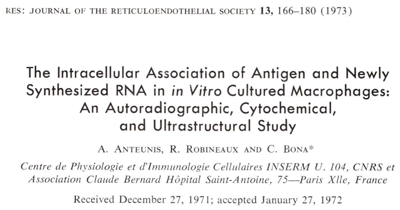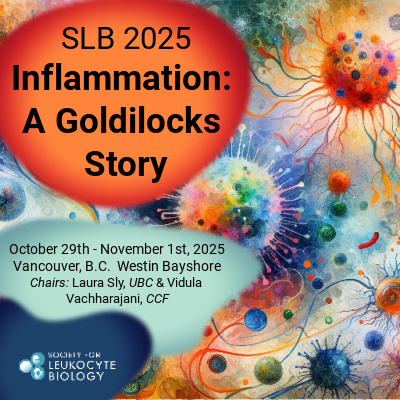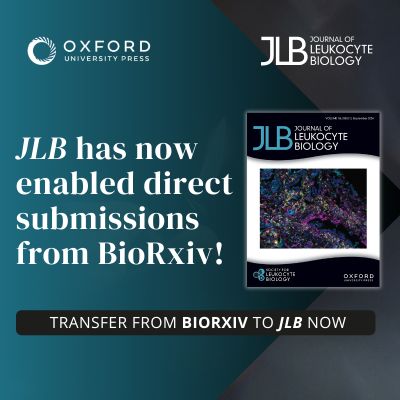| This Month in RES History - September '22 |
This Month in RES HistoryJoin Communication Committee member Samson Kosemani as he looks back into the great science hidden in the RES archives. The Intracellular Association of Antigen and Newly Synthesized RNA in In Vitro Cultured Macrophages: An Audioradiographic, Cytochemical, and Ultrastructural Study Sequel to the initial report by Fishman in 1961, there were multiple reports that the RNA obtained from the peritoneal cells of immunized animals could induce specific antibody production both in vivo and upon incubation with lymphoid cells in vitro. As of 1970, there were three different prevailing postulations about the macrophagic immune RNA. The first concept was that the macrophagic immune RNA (4-8S) represents a messenger RNA able to induce antibody synthesis in lymphoid cells. Secondly, the ribosomal RNA (28S) antigen complexes extracted from macrophages are more immunogenic than the antigen alone and may act as a superantigen, while the third is that the RNA-antigen complex may act as a non-specific adjuvant or as a metabolic stimulation factor for antibody formation. Therefore, the work by Anteunis and colleagues in 1972 studied the association of endocytosed antigens and newly synthesized RNA in in vitro cultivated macrophages to give cytological evidence for the possible occurrence of a ribosomal RNA-antigen complex. The result of their work demonstrated that in guinea pig peritoneal macrophages, the RNA—antigen chelat could arise at the level of ribosome-rich zones. Also, the free antigen or the antigen-containing vacuoles could be in close contact with the ribosomal RNA structures, and this complex could be stored within residual bodies.
|




